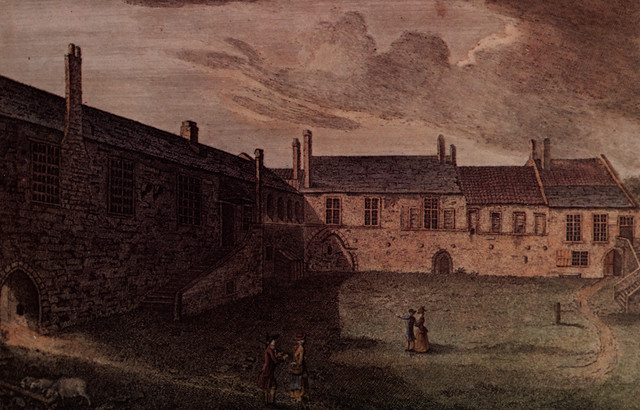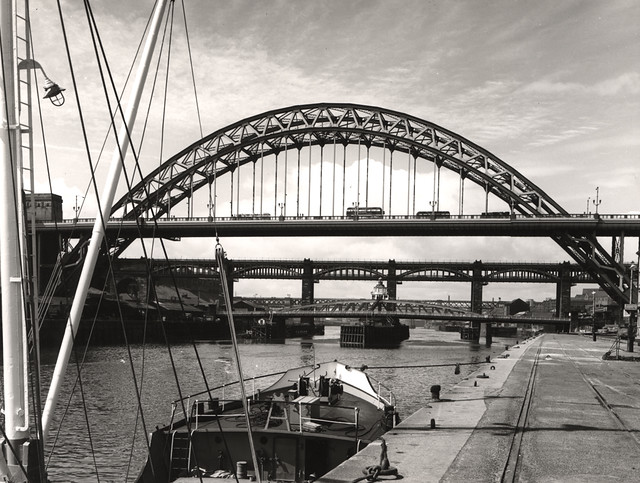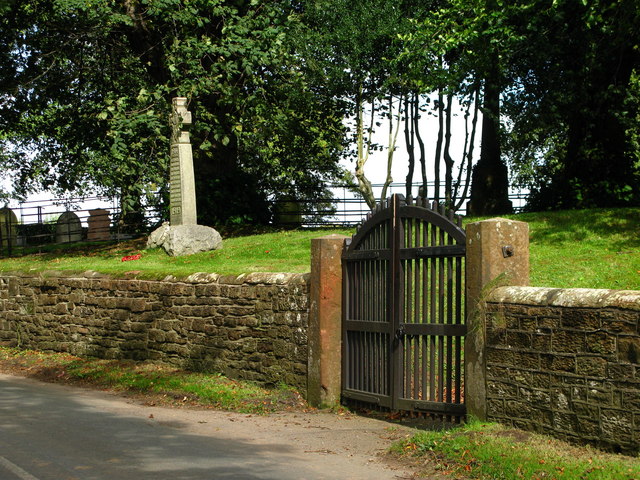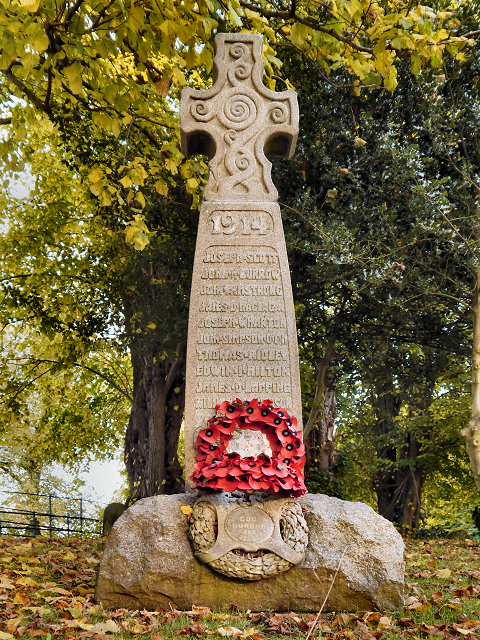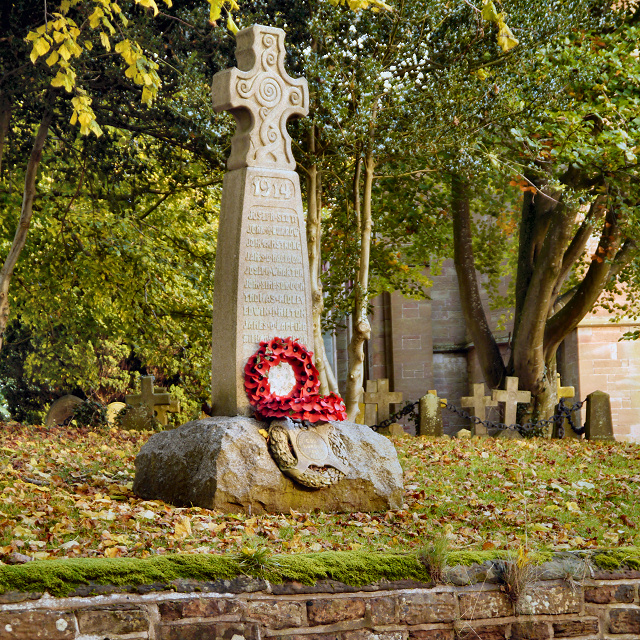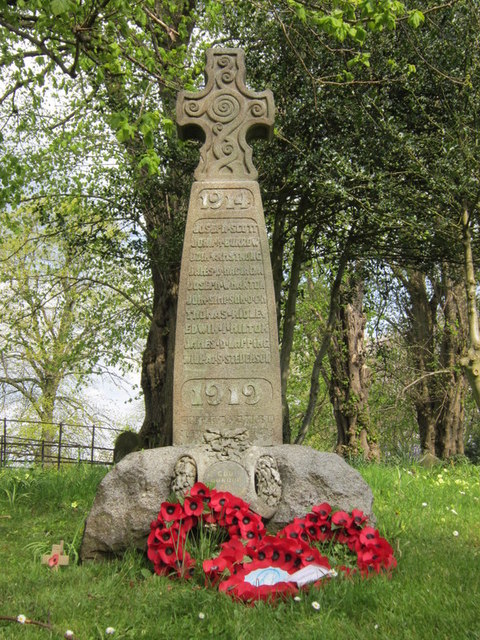Topics > Tyne and Wear > Newcastle upon Tyne > Newcastle, 1855 > Old Monastic Newcastle
Old Monastic Newcastle
Extract from: History, Topography, and Directory of Northumberland...Whellan, William, & Co, 1855.
EXTINCT MONASTIC EDIFICES
The early monasteries and religious houses of Monkchester, having been destroyed during the Danish invasions, were restored shortly after the Norman Conquest. The first of the revived monastic establishments was St. Bartholomew's Convent of Benedictine nuns, which was founded by Baron Hylton, of Hylton Castle, in the county of Durham. It was munificently endowed, had among its numerous benefactors we find the names of the kings of England and Scotland, two bishops of Durham, and many other eminent and distinguished persons. At the dissolution of religious houses this convent was given to William Barantyne Kenclure Throckmorton, and Henry Annetson, from whom it passed to Lady Gaveere, and afterwards to Robert Anderson. It was removed during the excavations for the new streets, in 1835, but its site is still commemorated in the name of Nun street.
THE DOMINICAN CONVENT was situated near the head of Westgate-street, and was founded in 1250, by Sir Peter Scot, the first magistrate of Newcastle, who bore the title of mayor. The church of this convent is memorable as being the place in which Baliol did homage for the Scottish crown. At the Dissolution the convent was granted to the mayor and burgesses of the town, with a reservation to the crown, of the bells, iron, lead, stones, and timber of the church and other buildings. The church or chapel still remains, and is now converted into the ground floor of the Smiths' Hall.
THE CARMELITES had their first convent in Newcastle, on the Wall Knoll, but subsequently they removed the convent of the Order of Sac, in Hanover Square, where they remained till the suppression of the monastic. establishments, when their house was granted to Richard Gresham and Richard Billingford, passing afterwards into possession of Dr. Askew, who erected a handsome mansion upon its site, in 1740.
THE FRANCISCAN CONVENT was situated on the west side of Pilgrim-street, near the nunnery of St. Bartholomew, and was established in the reign of Henry III., by the Carliol family. At the Dissolution it became the property of the Earl of Essex, James Rokesby, and others. This convent produced many eminent scholars, among whom we may mention Duns Scotus, Dr. Hugh, and Friar Martin.
THE AUGUSTINIAN CONVENT. This establishment, noted as being the burial place of many of the Northumbrian princes, was founded by William Ross; Baron of Wark-upon-Tweed, about the year 1290. According to Grey, "it possessed a fair church, and stately and beautiful cloisters." It was suppressed in 1539. We may form some idea of its extent, by the many buildings, which, until recently, occupied its area. The Hall of the Barber Surgeons, the Hospital of Jesus, Blackett's Hospital, Davison's Hospital, All Saints' Charity School, a workhouse, and a penitentiary. Several of these buildings were removed in 1847, to form the railway.
ST MICHAEL'S PRIORY. This establishment situated on the Wall Knoll, was instituted in 1360, for the use of the order of "Trinitarians" or "Maturines." It was suppressed in 1539 and the property granted to Richard Gresham and Richard Billingford. Its site is now occupied by very mean tenements, some of which have been raised on the old walls of the priory.
AN HOSPITAL dedicated to the Blessed Virgin stood on the north bank of the Ouseburn at Jesmond. It was granted to the Corporation by Edward VI., and was by that body sold to Sir John Brandling. The chapel, a picturesque ruin on the north bank of the Ouseburn, still exists, and contributes an attractive feature to a rich and interesting landscape.
A MAISON DE DIEU, built in 1612, by Roger Thornton, a wealthy merchant of the town, stood formerly on the south side of the Sandhill, it was granted to the Corporation of Newcastle in 1624. Five chapels dedicated respectively to the Blessed Virgin, St. John, St. James, St. Lawrence, and St. Thomas the Martyr, and all apparently connected more or less with monastic institutions, besides several other ancient chapels, were formerly situated in the town and suburbs of Newcastle, but their sites cannot now be satisfactorily traced. A sketch of the various religious orders which flourished in this country anterior to the Reformation, will be found in the History and Description of Holy Island.
Note: Monkchester was the name of Newcastle before the building of the 'New Castle', by the Normans in 1080.
Also in this Directory (Whellan, 1855) for Newcastle:
- Description of Newcastle
- Early history
- Fire of Newcastle & Gateshead (1854)
- Extinct Monastic Edifices
- Fortifications, etc.
- Churches and Chapels
- Public schools
- Hospitals and Almshouses
- Benevolent Societies and Institutions
- Public Civil Buildings, etc.
- Literary and Scientific Societies, etc
- Commerce and Manufacturers, etc.
- Corporation, etc.
- General Charitities of Newcastle-upon-Tyne
- Eminent Men
- Post Office, Newcastle
- Directory of Newcastle-upon-Tyne

Co-Curate Page
Austin Friary (tower)
- There was an Augustinian friary dating from the 13th century on the site of the Holy Jesus Hospital in Newcastle. The remaining tower from the friary is located behind the …

Co-Curate Page
Austin Friars, Newcastle
- Extract from: A Descriptive and Historical Account of the Town and County of Newcastle Upon Tyne: Including the Borough of Gateshead... Eneas Mackenzie, 1827. THE AUGUSTINE FRIARS These religious, who …

Co-Curate Page
Origins of Monastic Life
- Extract from: History, Topography, and Directory of Northumberland...Whellan, William, & Co, 1855. ORIGIN AND PROGRESS OF THE MONASTIC LIFE. A brief outline of the origin and progress of monastic …


Co-Curate Page
Austin Friary (tower)
- There was an Augustinian friary dating from the 13th century on the site of the Holy Jesus Hospital in Newcastle. The remaining tower from the friary is located behind the …

Co-Curate Page
Austin Friars, Newcastle
- Extract from: A Descriptive and Historical Account of the Town and County of Newcastle Upon Tyne: Including the Borough of Gateshead... Eneas Mackenzie, 1827. THE AUGUSTINE FRIARS These religious, who …

